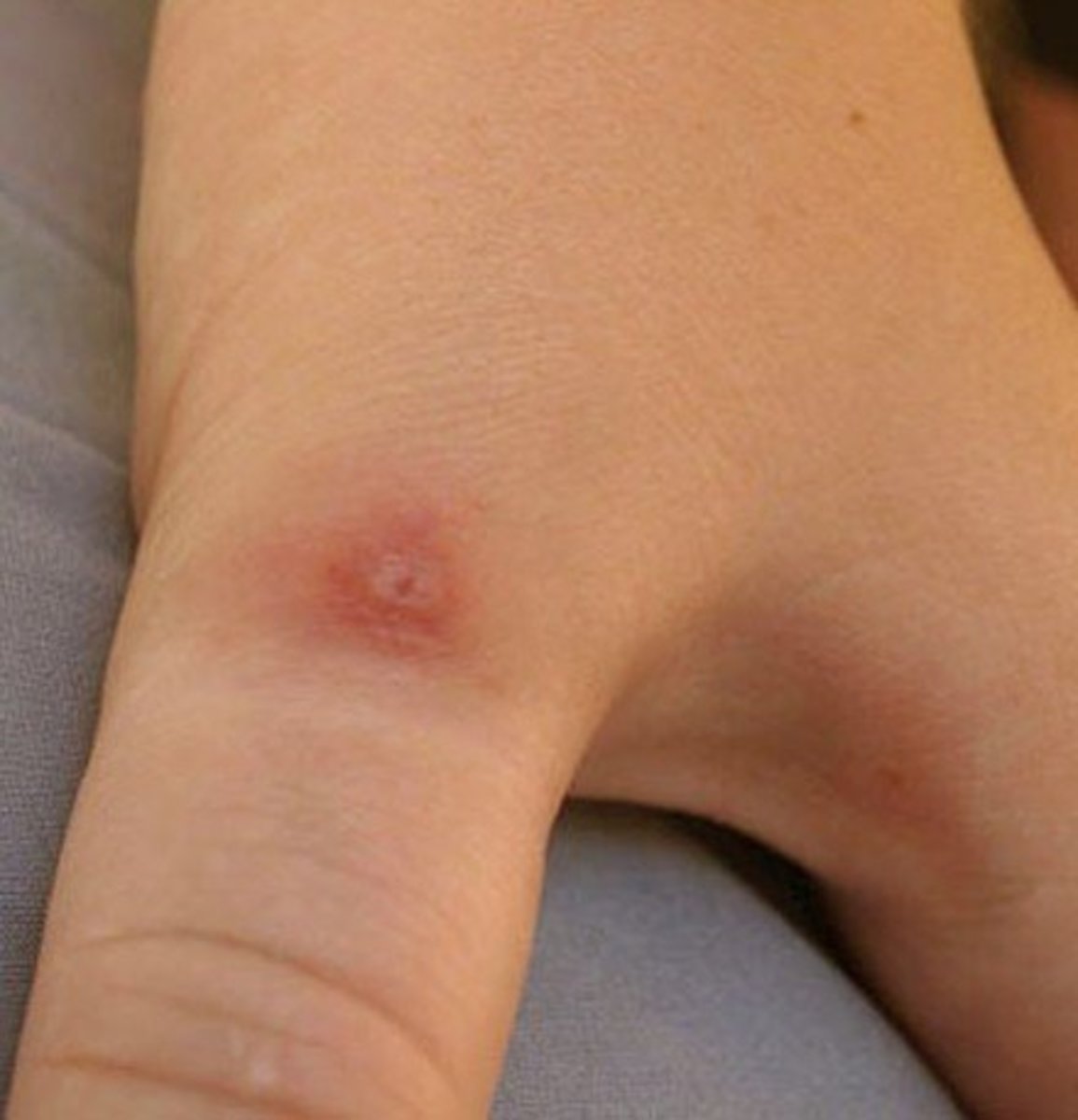Introduction (1)
The name “black widow spider” actually refers to a genus of spiders called Latrodectus, which includes 31 different species of black widow spiders. They are generally black, sometimes dark brown, and are identified by a distinct hourglass-shaped marking on their underside. This marking is often red, but may also be orange, and is used as a visual indicator to predators of the toxicity of the spider. Black widows are often considered to be the most venomous spider in North America, with their venom being 15 times more dangerous than that of a rattle snake’s.

Image found here
Various species of black widows can be found throughout the world, in temperate regions. This includes the United States, Australia, Africa, South America, and southern Europe and Asia. Black Widows will often reside in dark, covered shelters such as underbrush, rocks, tree stumps, basements, and garages. Below is a map of the distribution of black widow spiders.

Image found here
Toxicokinetics (2)
Black Widow Spider toxicity is a result of the venom that is injected into the prey of the spider through its fangs. This means that the primary route of administration for the venom is dermal. Black Widow venom is comprised of various toxins known as latrotoxins, and because of the vast amount of compounds involved with toxicity much of the toxicokinetics of a black widow spider bite is unknown. Latrotoxins are large, acidic proteins, that target different classes of animals. For example, latroinsectotoxins affect insects but not vertebrate, and α- latrocrustatoxin specifically targets crayfish and no other animal. The most well-known latrotoxin that targets vertebrate, and therefore humans, is α-Latrotoxin, whose primary target is the central nervous system.
Mechanism of Action (3)
The most understood mechanism of action of Black Widow venom is through α-Latrotoxin. α-Latrotoxin can irreversibly bind to receptors on presynaptic neurons.
- α-Latrotoxin binds to receptors on presynaptic receptors
- Permeable calcium ion channels open in the lipid membrane of the neurons leading to an influx of calcium ions
- his influx of calcium results in massive exocytosis of neurotransmitters such as dopamine, norepinephrine, epinephrine, and acetylcholine
- The neurotransmitters cross the synaptic cleft to bind to receptors on the target cells
- Ion channels open resulting in a huge influx of ions into the target cells
- Results in latrodectism
Image found here
Health Effects (3)
Signs and Symptoms
- Latrodectism
- Pain, muscle rigidity, vomiting, sweating, nausea, and abdominal tenderness
- The pain will usually begin locally at the location of the bite and then spread out through the rest of the body
- Neuromuscular
- Severe pain, cramping, and rigidity
- Cardiovascular
- Tachycardia, tachypnea, and hypertension
- Dermal
- Local irritation at the site of the bite, and possible bite marks (as shown in the image below).

Image found here
Carcinogenicity
Black Widow venom is not a known carcinogen
Susceptibility
Generally, people who perform activities in what would be Black Widow habitats would be more susceptible to getting bit by a Black Widow. These activities include camping, hiking, gardening, or anything that would take place in a garage or basement. You can find a link to the Occupational Safety and Health Administration fact sheet regarding the symptoms, protections, and treatments for a Black Widow Spider bite here.
Treatment (3)
- Initial
- Regardless of the severity, all bites must be treated with standard wound management and tetanus prophylaxis

Image found here
- Mild
- Oral analgesics
- Moderate-Severe
- Opioids may be used for pain management and benzodiazepines may be used for muscle control
- If oral analgesics aren’t working then antivenom can be administered, however allergic reactions to antivenom are possible
References
- Szalay, J. (2014, October 30). Black Widow Spider Facts. Live Science. Retrieved from https://www.livescience.com/39919-black-widow-spiders.html
- Watkins J.B., III (2013). Toxic effects of plants and animals. Klaassen C.D.(Ed.), Casarett and Doull’s Toxicology: The Basic Science of Poisons, Eighth Edition. McGraw-Hill. https://accesspharmacy-mhmedical-com.proxy.lib.ohio-state.edu/content.aspx?bookid=958§ionid=53483751
- Williams M, Anderson J, Nappe TM. Black Widow Spider Toxicity. [Updated 2020 Apr 22]. In: StatPearls [Internet]. Treasure Island (FL): StatPearls Publishing; 2020 Jan-. Available from: https://www.ncbi.nlm.nih.gov/books/NBK499987/
